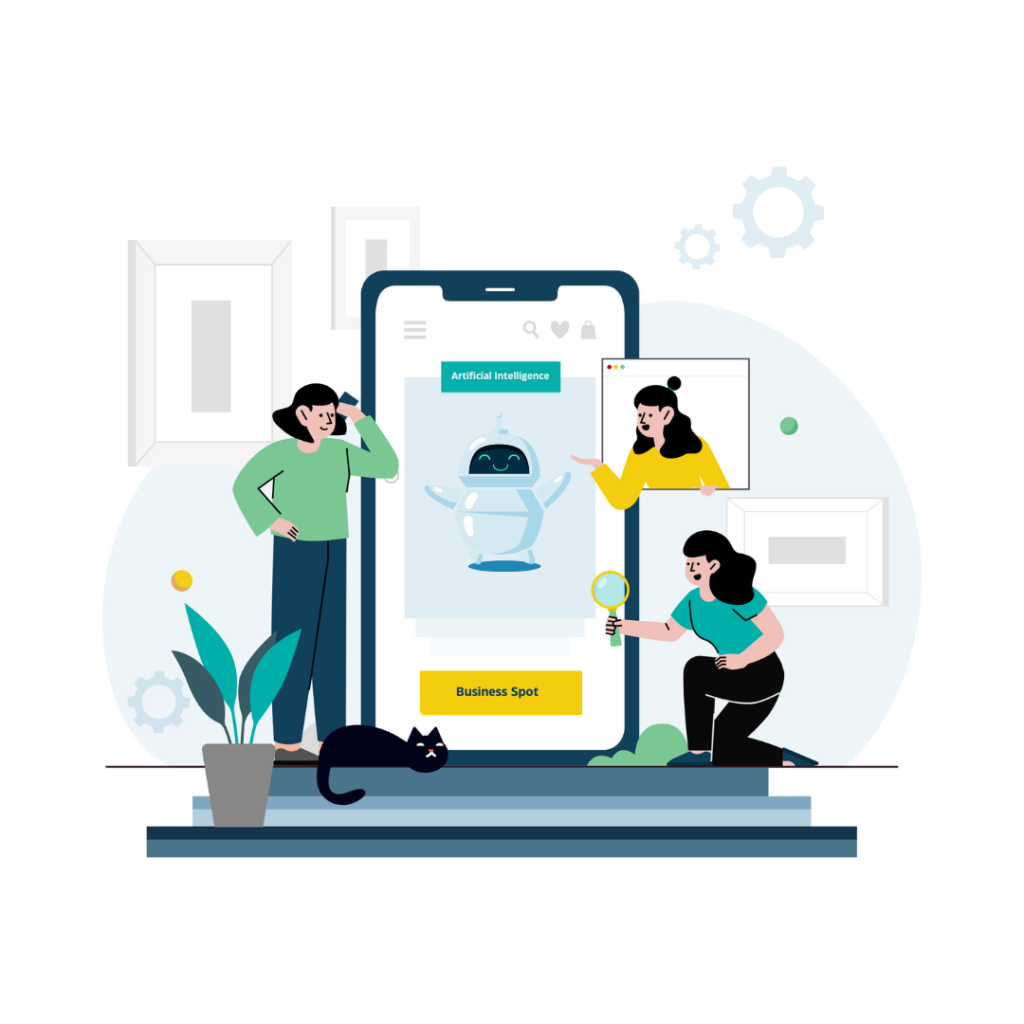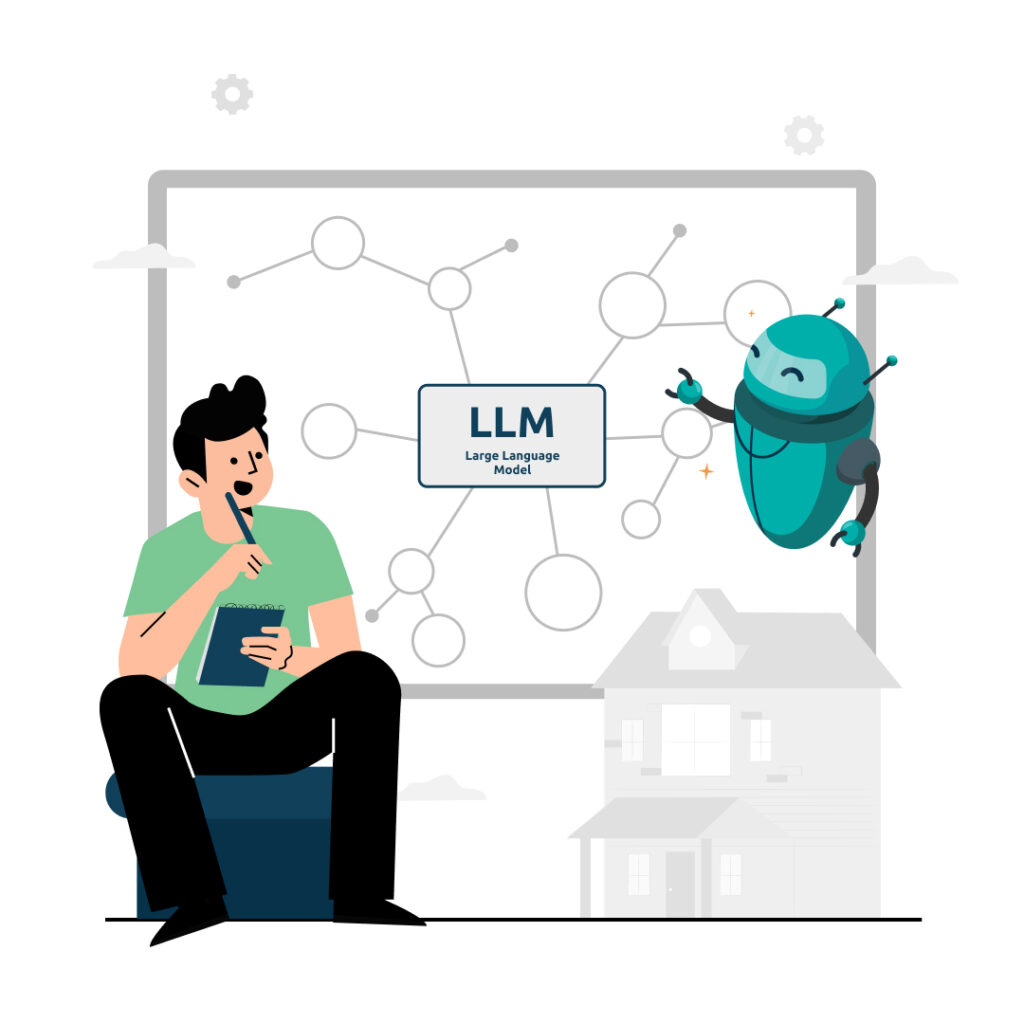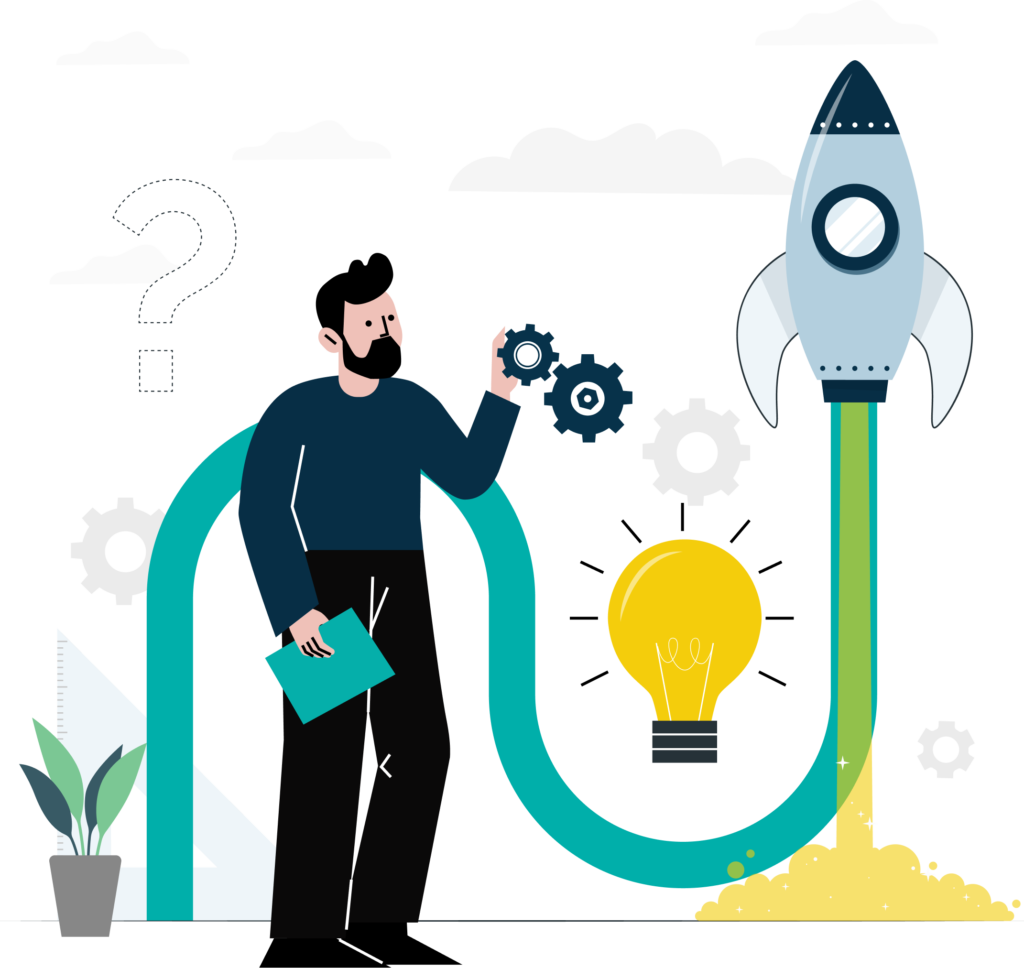Before we go over the 5 main interfaces where AI might help your business, let’s talk about the two kinds of AI.
The two kinds of AI – Generative and Predictive
Generative AI is the AI like ChatGPT, Claude and Gemini that everyone has been excited about for the last year/18 months. They are Large Language Models (LLMs). They’ve been trained on a vast amount of text (web pages, books, video and podcast transcripts, etc) and they work by being fed text in, like a question, and they output text in response. They are specialised for working with text and so human languages. They are bad at working with numerical data.
Predictive AI is what we used to think of as AI – neural networks, crunching lots of numbers, and making predictions like which customer is going to miss a credit card payment.
Both Generative AI and Predictive AI are built using the same principles and same key software components, but they have different purposes.
For this article we are going to only look at Generative AI.
Now back to business and where to implement Generative AI, which we’re going to call Gen AI for the rest of the article to save on typing.
Where your customers reach out to your people
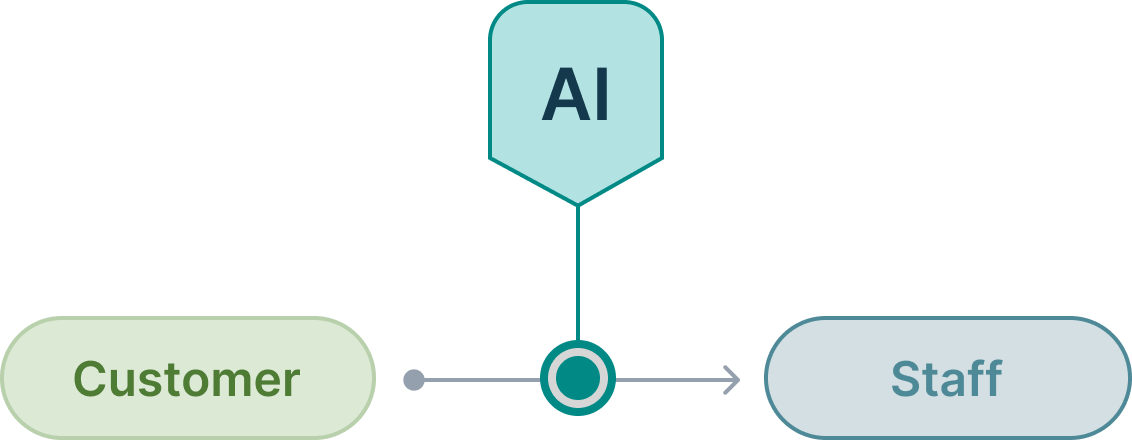
This is already one of the most popular points to use Gen AI. This is where chatbots live. The reason to implement Gen AI is because you want to either reduce resources or increase opportunities to provide information to current and potential customers.
It’s also where you can use Gen AI to implement smart filtering or triage of customers looking to buy or looking for support.
And it’s where you can use Gen AI to streamline information gathering on customers through conversational style interfaces that can better handle the trickiness of talking to people while providing a better experience than a lengthy form.
Here are 3 solutions you can try today:
- LivePerson Conversational Cloud – A robust, multi‑channel conversational AI platform that powers real‑time customer messaging and engagement.
- Conversica – An automated virtual sales assistant that nurtures leads through natural language interactions to drive conversion.
- Ada – A scalable AI-powered chatbot that delivers personalized, 24/7 support across digital channels to resolve customer queries.
Where your people reach out to your customers
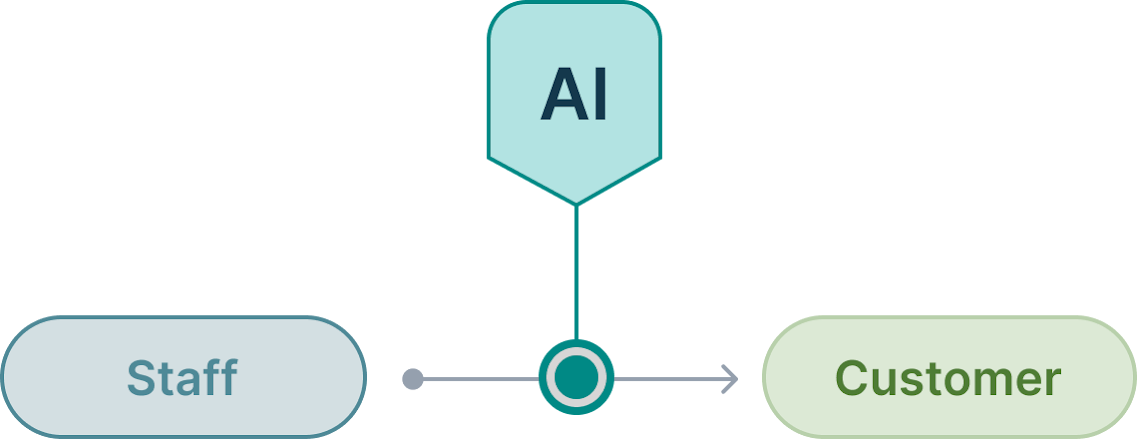
This interface is predominantly sales and marketing related:
- Generating marketing content
- Generating emails
- Tailoring direct communications
Imagine never again sending an auto-response email that says “Do not respond to this email”, but instead turning email into a new “chat interface” for your customers to interact with your business.
Try these 3 targeted products for outbound customer engagement:
- Outreach – An AI‑driven sales engagement platform that optimises multi‑channel outbound communications with predictive insights.
- Salesloft – A targeted AI-powered sales engagement solution that streamlines personalised outreach and follow‑up processes.
- Reply.io – An AI-powered sales automation tool that personalises and automates outbound email and call sequences to boost customer engagement.
Where your customers interface with your business systems
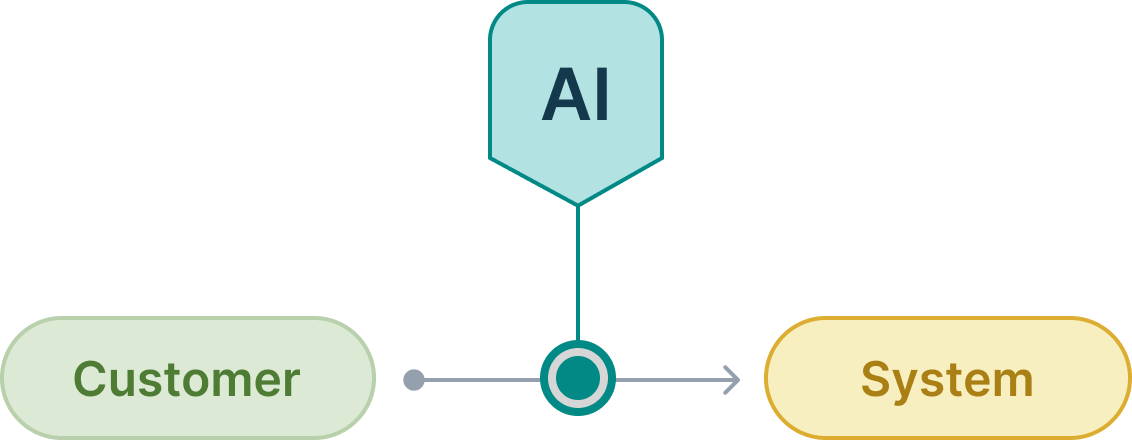
We hinted at this above in the “email as chatbot interface” line. But this interface covers opportunities for using Gen AI for:
- More robust self-service functionality
- Enriching CRM
- Smarter automated customer retention
Here are 3 AI tools to enhance system interfaces:
- Zendesk Answer Bot – Leverages your knowledge base to automatically resolve common customer queries.
- Freshdesk Freddy – An AI-powered assistant that enhances self‑service support by intelligently routing and resolving customer issues.
- Intercom Resolution Bot – A conversational AI product designed to automatically address repetitive customer questions and drive self‑service efficiency.
Inhouse – Between your people
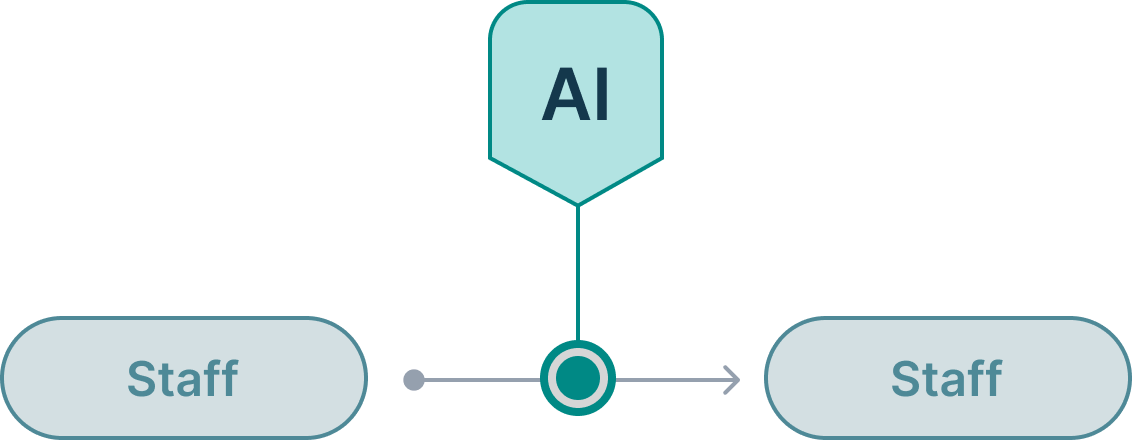
This interface is full of opportunities and possibilities for growth, flexibility and efficiency. Doing a deep-dive on how your business functions and where expertise sits in your processes will uncover lots of places where you can:
- Streamline functional aspects of business communication – emails, reports, project templates, etc
- Provide complex process support
- Give access to expertise (de-silo, de-risk)
Check out these 3 internal support tools:
- Moveworks – An AI‑driven internal support platform that automates IT and HR help desk functions to boost employee productivity.
- Guru – A dedicated AI-driven internal knowledge base that helps teams curate, verify, and disseminate critical information to keep everyone aligned and informed.
- ServiceNow Virtual Agent – An intelligent chatbot designed specifically to automate internal workflows for IT, HR, and facilities support.
Inhouse – Between your people and your systems
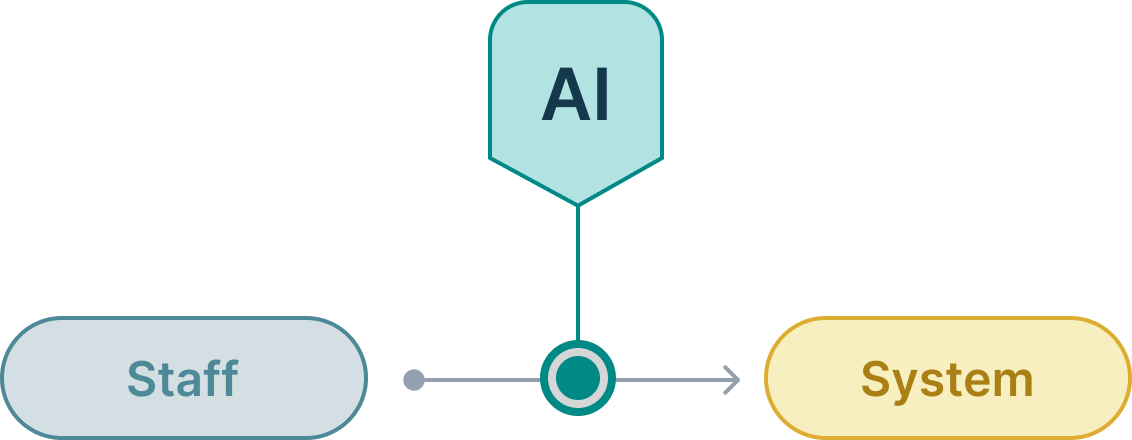
Here is where your people are working with existing inhouse and third party systems. Gen AI can be used to boost quality of execution and, depending on the process, also reduce the time spent.
The kind of processes that Gen AI can be applied to at this interface include:
- Monitoring and reporting
- Process support
- Process automation
- Skill support:
- Documentation production/Compliance
- SOP production/execution
- Coding
- Content generation
- Internal communications
Check out these solutions designed to bridge the chasm between complex systems and processes and your team:
- Tulip – A no‑code, AI‑powered industrial IoT platform tailored for small manufacturers, optimising production workflows, quality control, and real‑time analytics.
- Rossum – An AI‑driven document processing solution that automates data extraction from invoices, procurement documents, and regulatory paperwork, ideal for logistics, retail, or finance.
- LegalSifter – An AI-powered contract review tool that quickly analyses legal documents and regulatory requirements, helping legal and compliance teams streamline due diligence and contract management.
The 3 major Gen AI approaches
Across the 5 major interfaces we covered, all the options to apply Gen AI are covered by only 3 approaches:
- Automate/Augment an interaction
- Automate/Augment the process of an interaction
- Automate the artefacts an interaction produces (meeting notes, contracts, sales orders, product configurations, etc.)
When you’re looking at implementing Gen AI to support or automate an interaction or process, these are the three opportunities you should be looking for at each step.
Getting started implementing Gen AI
Implementing Gen AI in your business can start small. Process support is a great place. After chatbots, the key tool in Gen AI is called RAG – Retrieval Augmented Generation. This is often marketed as “Chat with your documents”.
You can use RAG to give access to knowledge that might be in your SOPs (presuming these are in Word docs, Google Drive or similar) or in your product manuals or in years of client emails.
NotebookLM is Google’s version of this if you want to try it with a test case. Both OpenAI and Anthropic let you upload documents in their chat interfaces and ask questions about them.
A step beyond “Chat with your documents” is creating workflows that incorporate Gen AI. Dify.ai is a good place to start with this. It has a simple visual interface and it lets you easily build RAG-based chatbots that you can embed in your website if you want to try that approach. It has lots of other features and applications worth investigating.
For more advanced workflows there is n8n, and the incumbent workflow automation services – Make and Zapier – also offer Gen AI features.
Don’t wait to start using AI
We hope this short guide has given you the necessary guidance on how to look at your business and how to look at your processes to find where you can take advantage of Generative AI.
Doing is understanding. So start small – add Gen AI to a single step in a single process – and grow out from there. We find the more you use Gen AI, the more you find ways to use Gen AI.
If you’ve got any questions about AI or how you can implement it in your business, or just want to talk through strategies and opportunities, get in contact.



